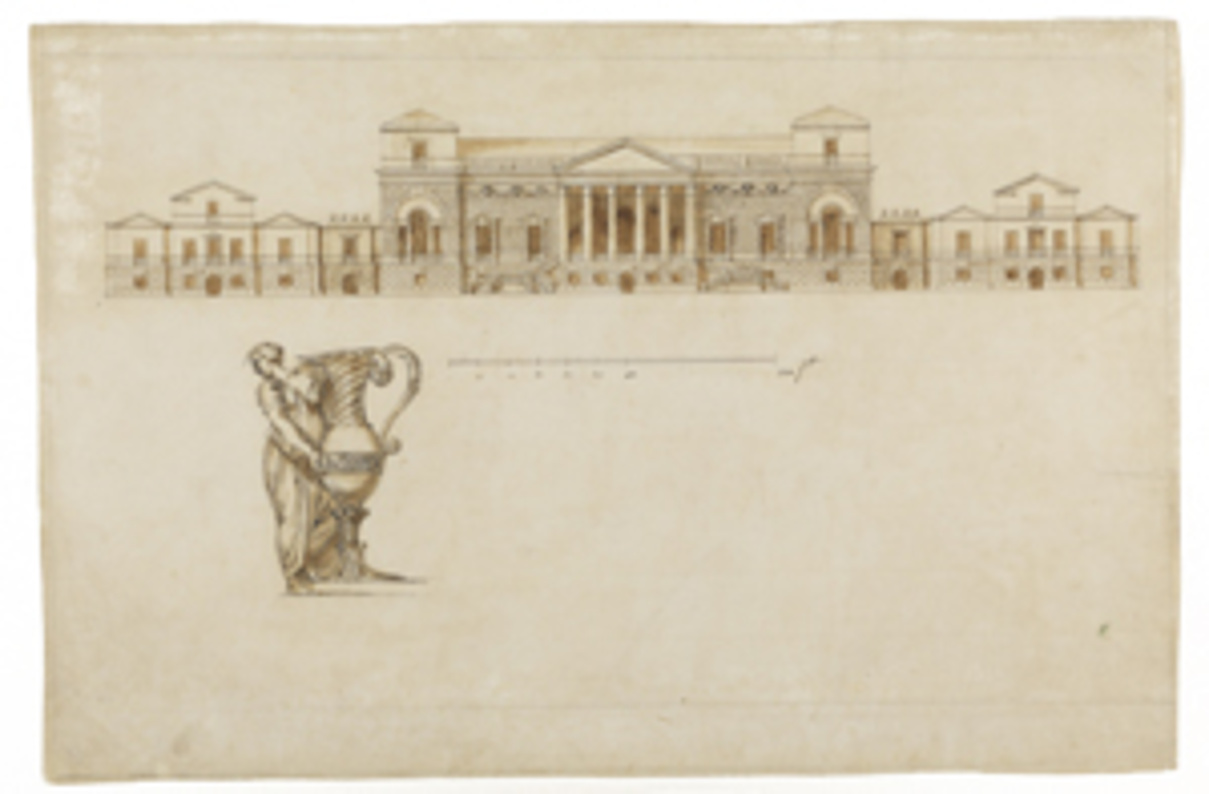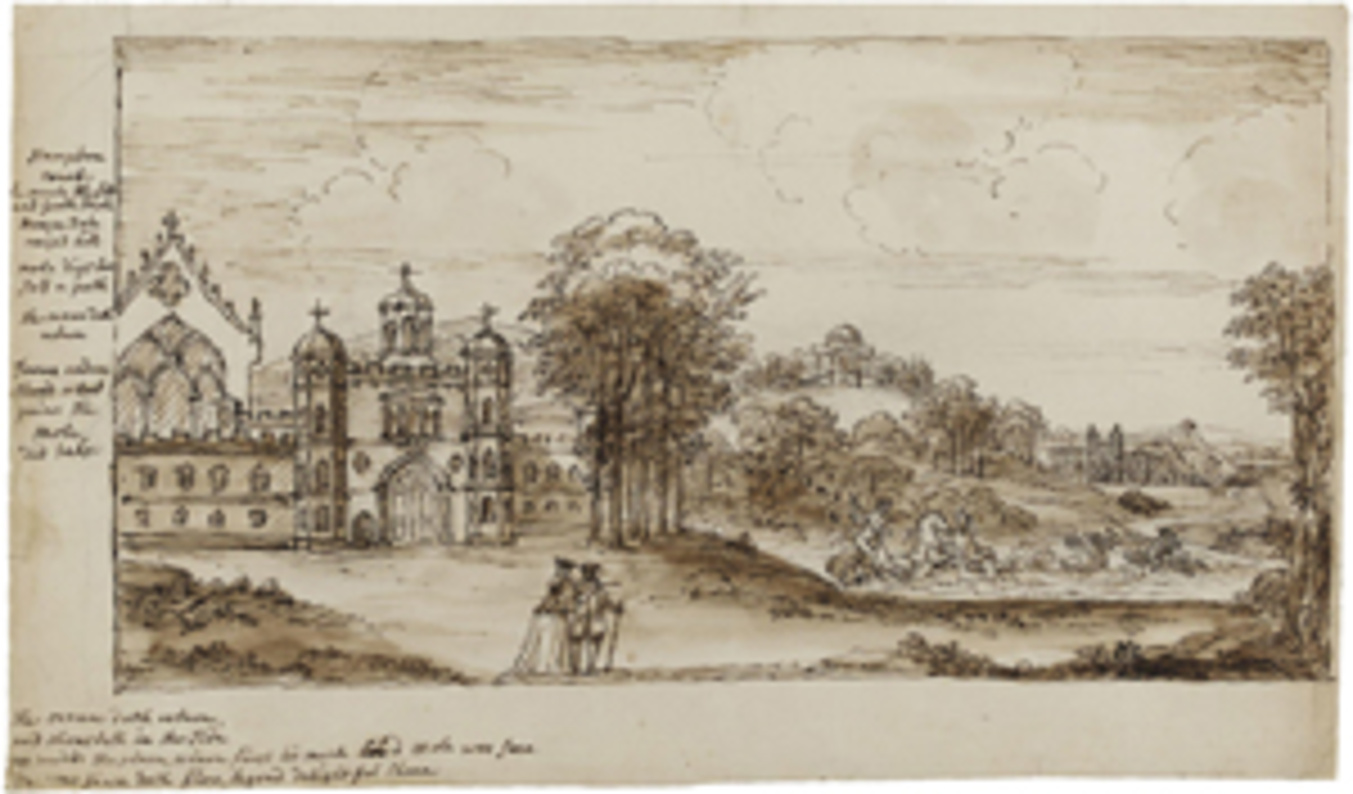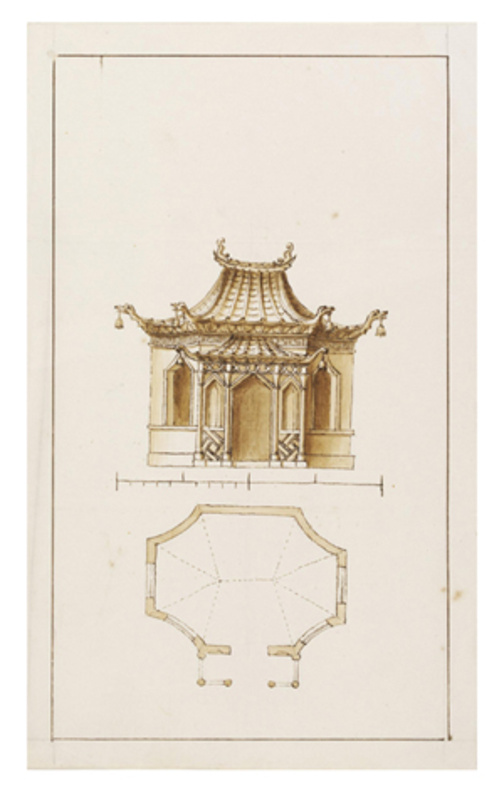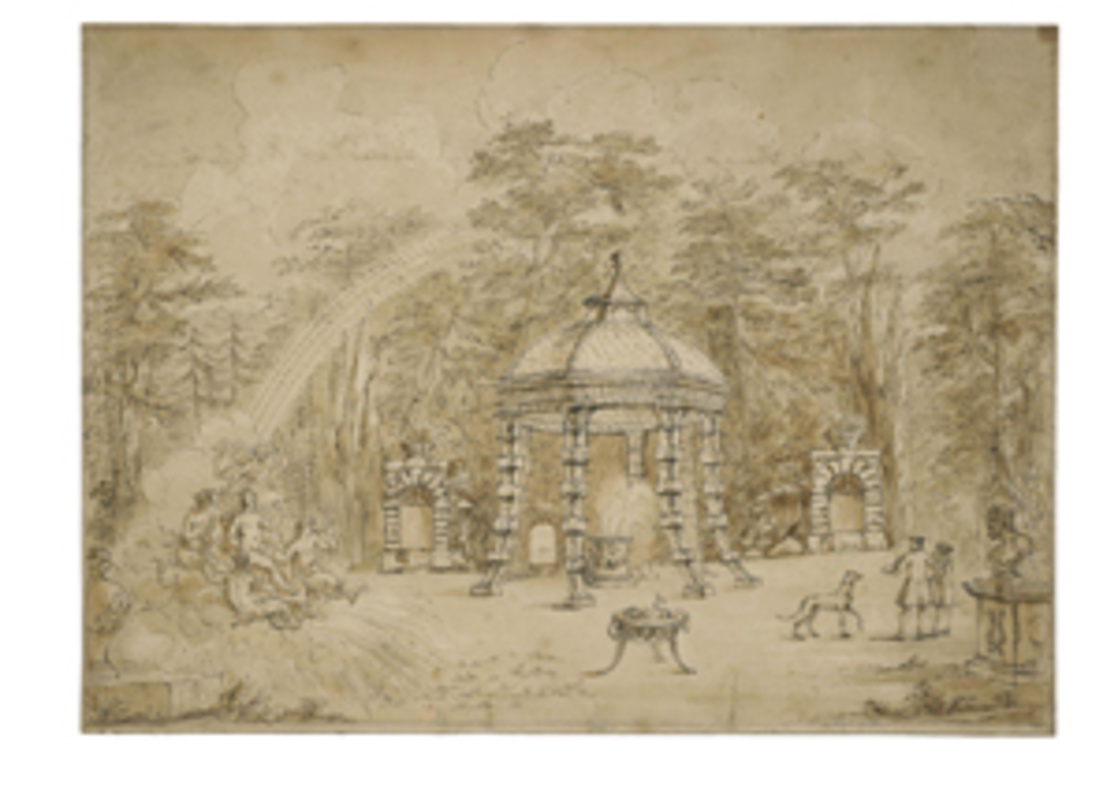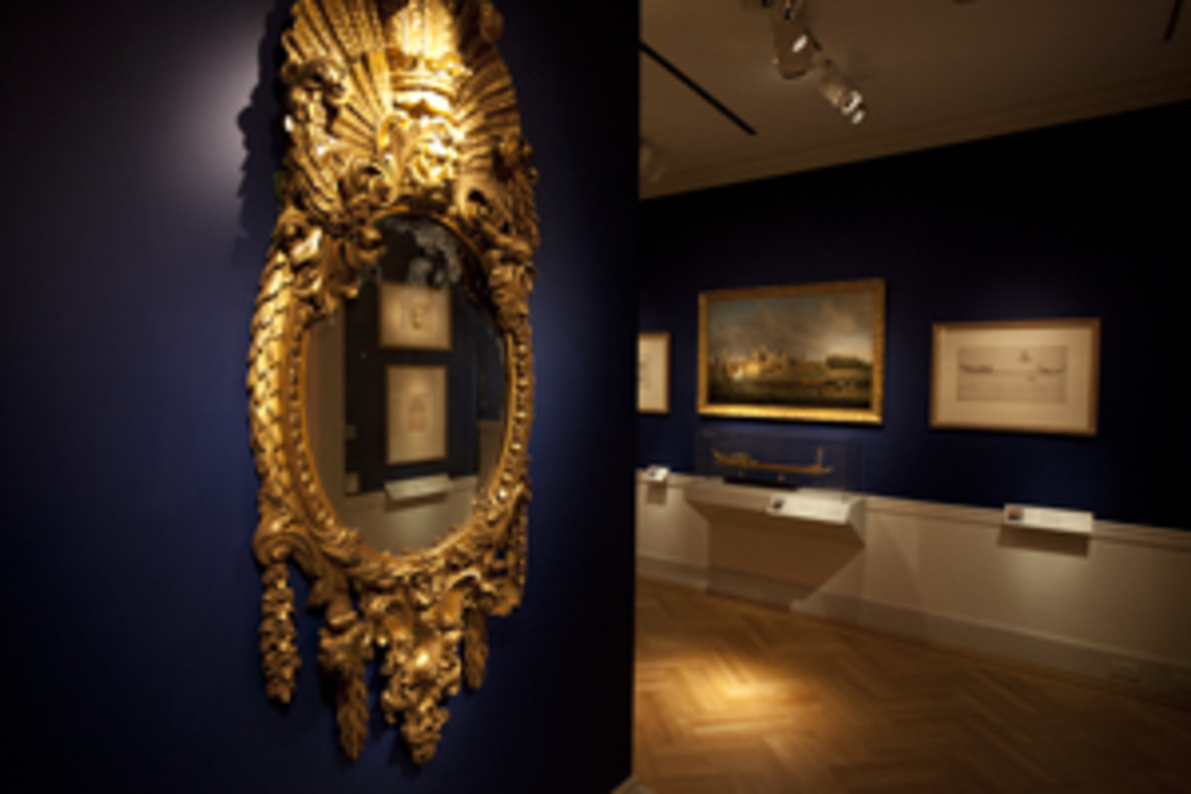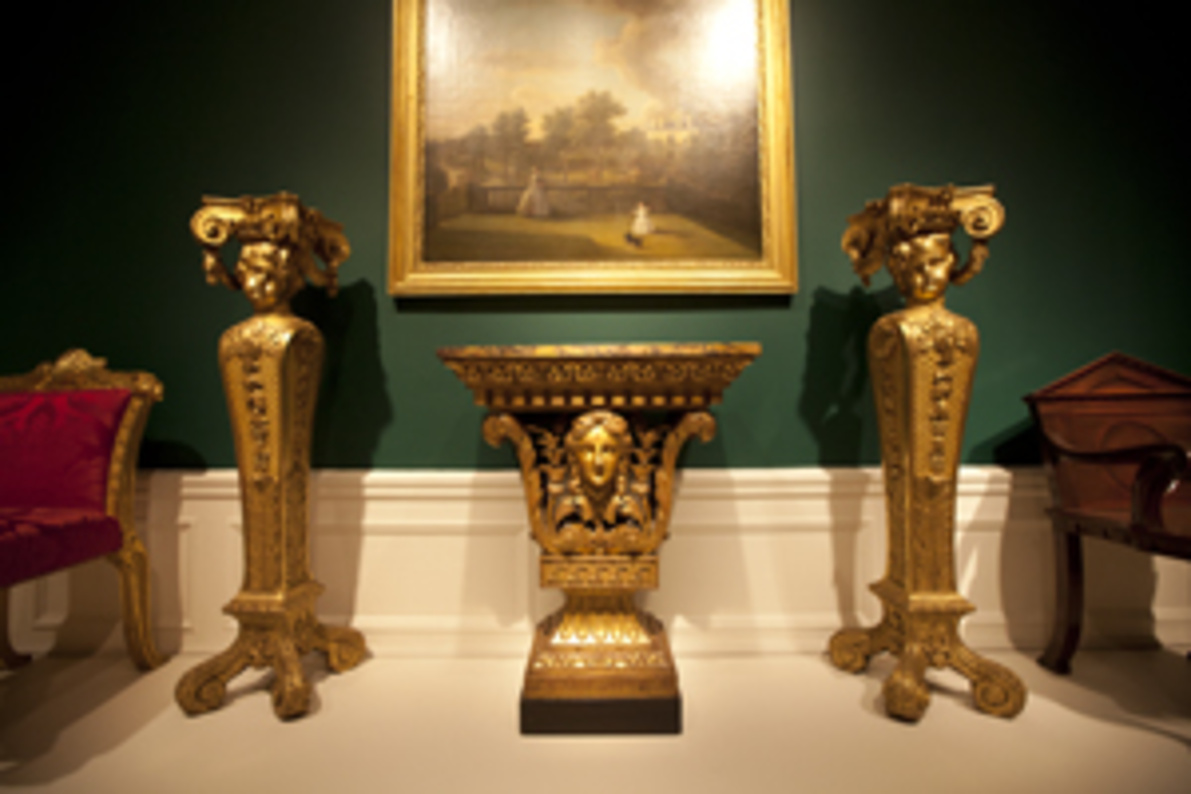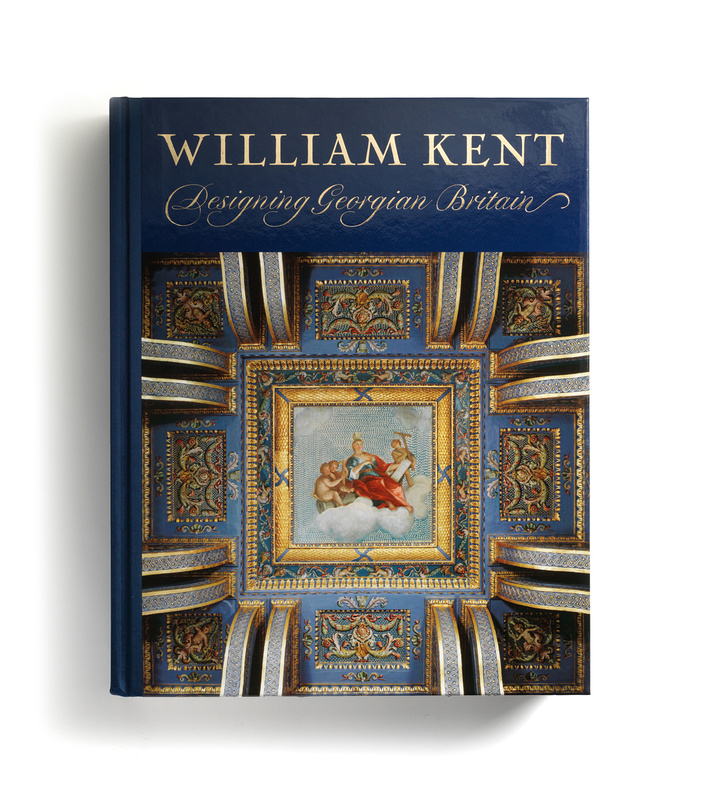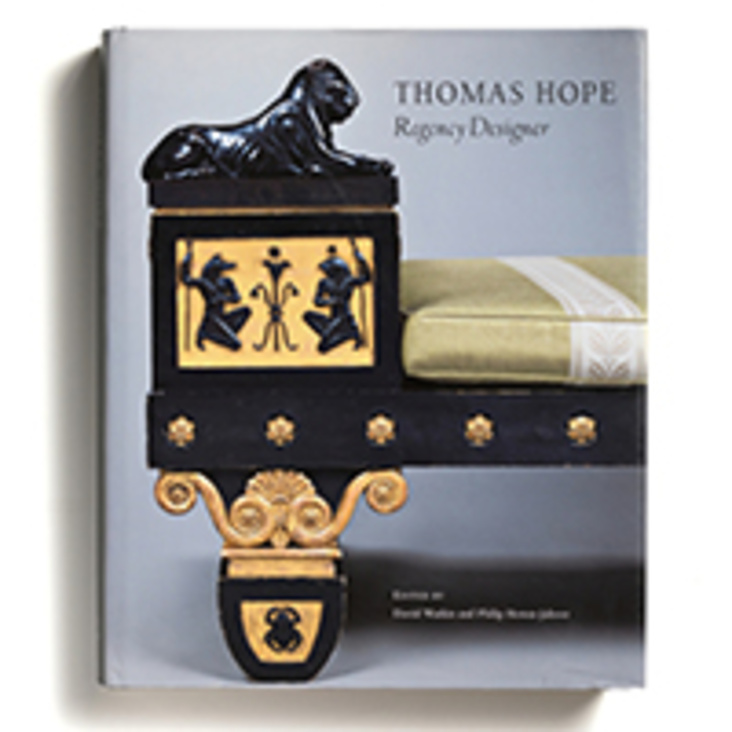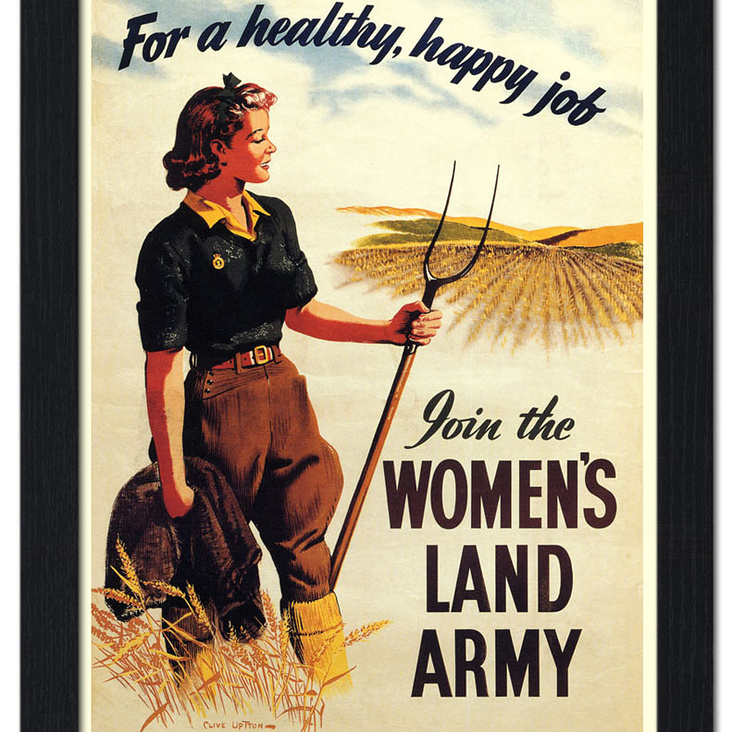Thomas Coke
Francesco Trevisani (1656–1746)
1717
Oil on canvas
Viscount Coke and the Trustees of the Holkham Estate
View at Tivoli
William Kent (1685–1748)
1709–19
Sepia wash over pencil underdrawing
Victoria and Albert Museum, London, E.896-1928
Door and surround from the East Drawing Room (later the dining room), Devonshire House
Attributed to William Kent (1685–1748)
1733–40
Gilt, carved, and painted mahogany
Private collection
Console table, for the Green Drawing Room, Houghton Hall
William Kent (1685–1748)
ca. 1731
Carved gilt wood, veneered blue and yellow lapis lazuli top
Houghton Hall, Norfolk
Design for south front, Holkham Hall
William Kent (1685–1748)
ca. 1731–34
Pen and ink, wash
Viscount Coke and the Trustees of the Holkham Estate
Mirror, probably for the White House, Kew
Attributed to William Kent (1685–1748); possibly carved by John Boson (ca. 1696–1743)
1733–34
Mirror glass, carved gilt pine with modern regilding and later additions to the base
Victoria and Albert Museum, London. Given by Sir Edward Stern, W.86-1911
Table centerpiece or epergne
William Kent (1685–1748); made by George Wickes (1698–1761), lower legs added in 1829 by Rundell
1745
Cast, openwork, appliqué, repoussé, chased, and engraved silver gilt
The Royal Collection, Her Majesty Queen Elizabeth II, RCIN 50845
The Marriage of Henry V
William Kent
1729
Oil on canvas
Courtesy of the Royal Collection © 2013, Her Majesty Queen Elizabeth II, RCIN 402900
Plan and side elevation of the Royal Barge
William Kent
1732
Pen and ink, wash
RIBA British Architectural Library, SC58/68 (1)
Perspective of the staircase, 44 Berkeley Square
Robert Dennis Chantrell (1793–1872)
1813
Pen and ink, watercolor
Trustees of Sir John Soane’s Museum, London, 17/1/7
The West Front of His Majesty’s New Building for the Horse and Foot Guards
William Kent (1685–1748); engraved by John Vardy (bap. 1718–1765)
1752
Engraving
City of London, London Metropolitan Archives, SC/GL/PR/W2/HOR/p541892
Capriccio landscape with Hampton Court Palace and Esher Place
Trial illustration for Michael Drayton’s Poly-Olbion
William Kent (1685–1748)
ca. 1730–32
Pen and ink, wash
Trustees of the British Museum, 1927,0721.5
Design for a chinoiserie pavilion, probably for Esher Place
William Kent (1685–1748)
ca. 1733–39
Pen and ink, wash
Victoria and Albert Museum, London, E.384.1986
View of the Shell Temple in Alexander Pope’s garden, Twickenham
William Kent (1685–1748)
ca. 1725
Pencil, pen and ink, wash
Trustees of the British Museum, 1872,1109.878
View of the Exedra, Chiswick House
William Kent (1685–1748)
ca. 1735–38
Pencil, pen and ink, wash
Trustees of the Chatsworth Settlement, 26A, 26
Two-handled cup and cover
William Kent; made by George Wickes (1698–1761)
1736, additional engraving 1755
Cast, appliqué, repoussé, chased, and engraved gold
Victoria and Albert Museum, London, Loan: Met Anon.1:1-1993
Model for the effigy of Isaac Newton, Westminster Abbey
Michael Rysbrack (ca. 1684–1770)
1727-30
Terracotta
Victoria and Albert Museum, London. Given by Dr. W. L. Hildburgh FSA, A.I-1938
Pair of pedestals for the Garden Room, Chiswick House
William Kent; carved by John Boson (ca. 1696–1743)
Carved gilt wood
Trustees of the Chatsworth Settlement
Banqueting House or Temple, Euston
William Kent, with John Vardy (bap. 1718–1765)
ca. 1735–38, 1746
Pencil, pen and ink, wash
Victoria and Albert Museum, London, 3309
The Redcross Knight Introduced by Duessa to the House of Pride
William Kent
ca. 1729–48
Pen and ink, wash
Victoria and Albert Museum, London, E.876-1928
Settee, probably for Lady Leicester’s dressing room, Holkham Hall
William Kent ca. 1736–40
Carved gilt wood, crimson damask upholstery
Viscount Coke and the Trustees of the Holkham Estate
Design for the Marble Hall, Holkham Hall
William Kent
ca. 1736–38
Pencil, pen and ink, wash
Viscount Coke and the Trustees of the Holkham Estate
Pair of pedestals for the Garden Room, Chiswick House
William Kent
1727
Pen and ink, wash
Victoria and Albert Museum, London, E.424-1946


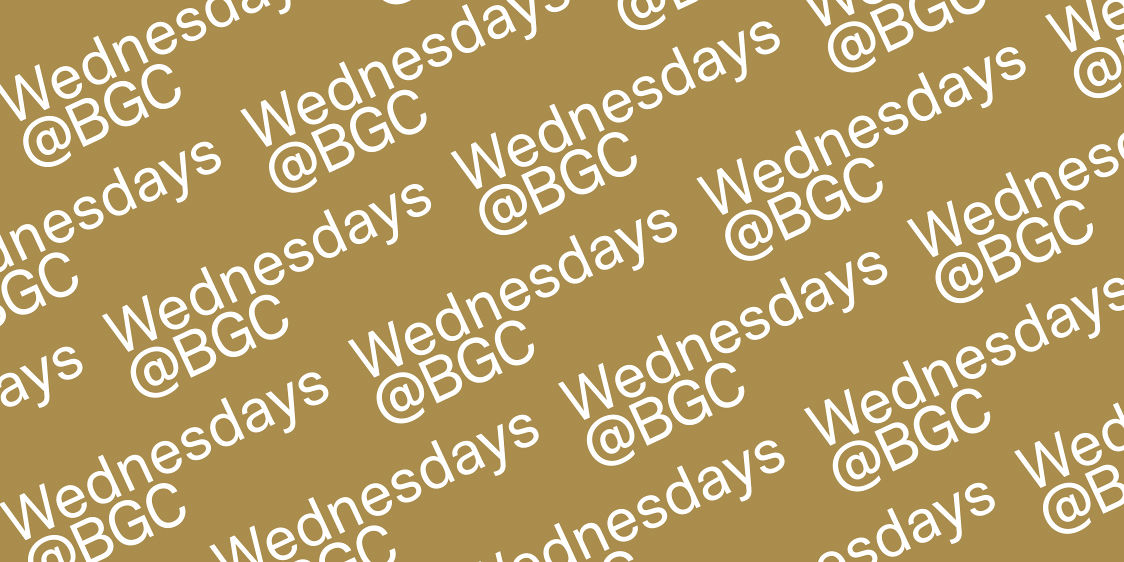
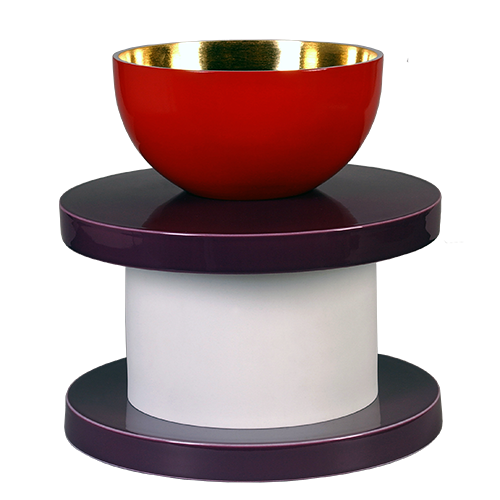
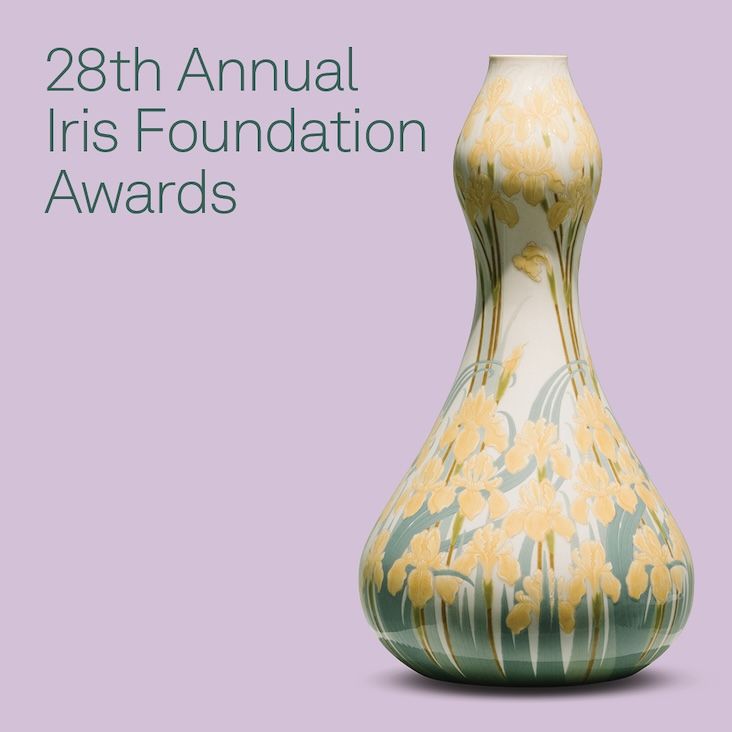




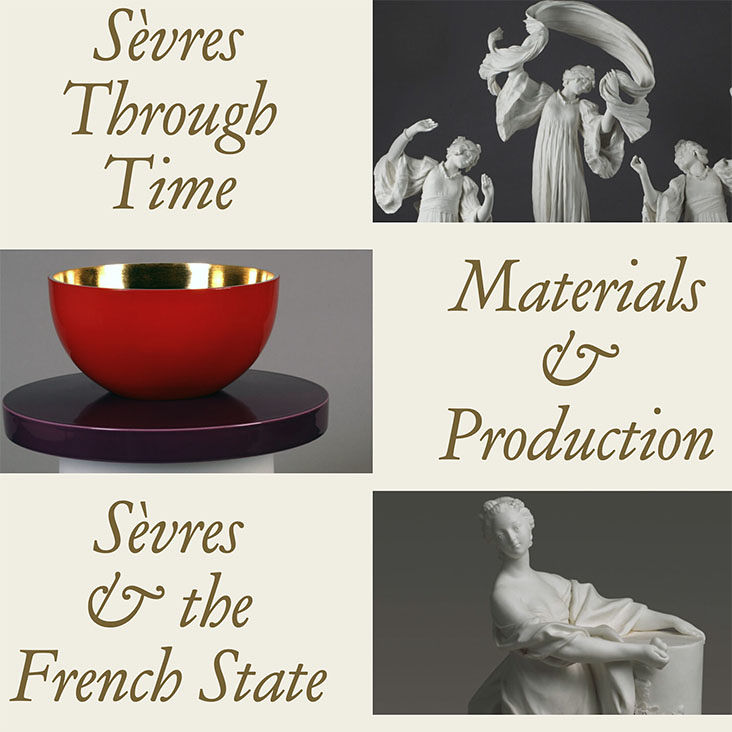
.jpg,732x732,c)






